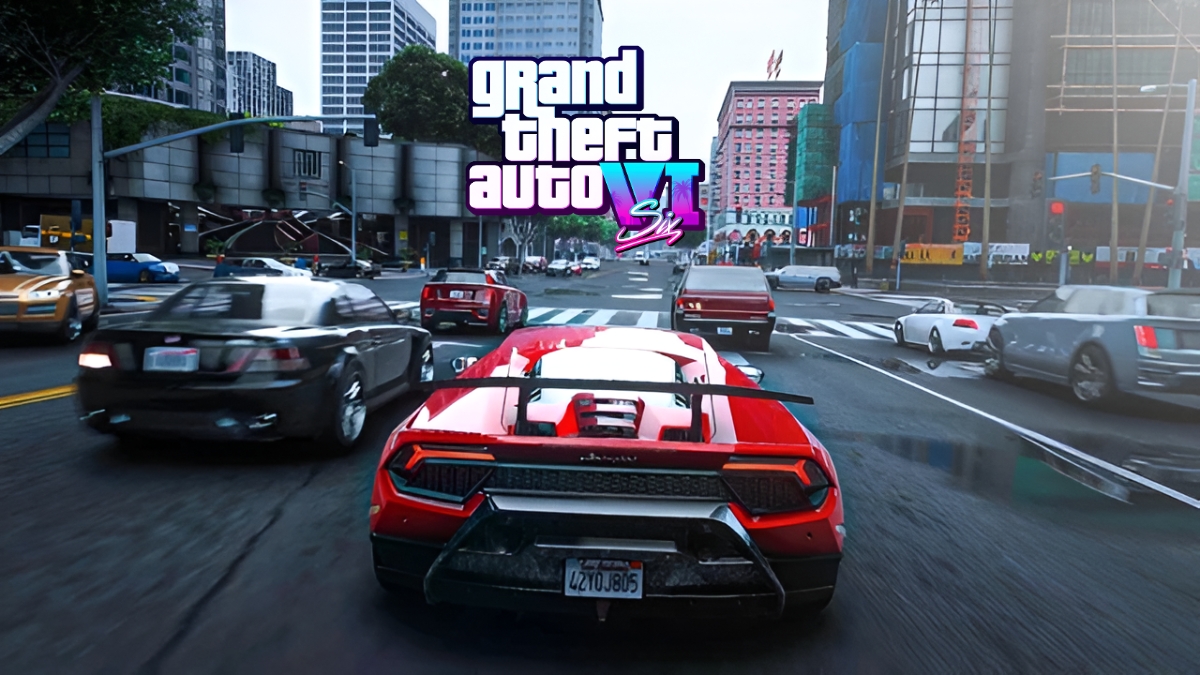When you sit behind the wheel in Grand Theft Auto VI (GTA 6), what kind of driving experience can you expect? This is one of the most-asked questions among fans, as many speculate whether the driving will mirror real-life behavior or retain the classic arcade-style freedom. Let’s explore how driving may evolve in this next-generation open-world title what we know, what we hope for, and how realism might balance with fun.
From Arcade to Authentic: The Shift in Driving Physics
In previous entries of the series, driving often leaned toward arcade-style freedom. Players could drift large vehicles with little penalty, drive sports cars over sand or shallow water as if nothing mattered, and crashes rarely had real consequences. Many felt the driving mechanics lacked the weight and authenticity seen in older titles.
With GTA 6, developers appear to be moving toward a more authentic driving model. Vehicle physics are reportedly being overhauled: cars will have distinct weight, suspension will respond more realistically, and road conditions will influence handling. If you drive on wet roads or loose terrain, you may lose traction, and taking sharp turns at high speed will feel more consequential. This represents a major evolution from vehicles as nearly indestructible playthings to machines that respond to momentum, collisions, and environment. For players who enjoy nuanced handling, braking, drifting, and terrain management, this is an exciting shift.
What Realism Means for Your Driving Experience
Let’s break down some features expected to make GTA 6’s driving feel more realistic:
Surface and Weather Interaction
One of the most anticipated changes is how different surfaces and weather conditions will affect driving. Imagine driving down a highway in the rain and feeling your tires slip on a wet patch, or attempting an off-road adventure in a standard sedan and realizing handling is drastically reduced. These interactions add depth to every driving scenario and force players to adapt their approach.
Vehicle Weight, Suspension, and Handling Differences
Every vehicle class may behave more distinctly. Heavy SUVs could lean noticeably in corners, sports cars may be quick but challenging to control at high speeds, and motorcycles might feel unforgiving on sharp turns. Advanced suspension modeling and realistic body roll are likely to give each vehicle a unique “personality” on the road.
Damage, Wear, and Consequence
Realism also means that cars will no longer recover instantly from crashes. Players may see dents, broken suspension, engine problems, or tire degradation, all of which impact vehicle performance. A collision will carry more weight, forcing players to drive carefully or face mechanical consequences.
Environmental Immersion
Driving isn’t just about the vehicle it’s about the world around you. GTA 6’s open world is expected to feature crowded cities, highways, beaches, rural roads, varying weather, day-night cycles, and realistic traffic patterns. Every element could influence how your vehicle handles, creating a richer and more immersive experience.
The Balancing Act: Realistic vs Fun
While realism is being emphasized, developers are likely to maintain the series’ trademark fun. Making driving too realistic could compromise the freedom and excitement that GTA players expect.
For example, in previous games, taking a sports car through sand was chaotic but entertaining. In a more realistic model, players might struggle, get stuck, or lose speed. To maintain fun, developers may include options or settings that allow players to toggle between realism and arcade-style handling.
Additionally, mission gameplay will remain dynamic. High-speed chases, outrageous stunts, and over-the-top escapes are expected to continue, but with an added layer of realism to make the experience feel more engaging and believable.
Likely Features and Limitations
Likely features:
- Surface conditions affecting grip and handling
- Distinct vehicle classes with unique behavior
- Realistic crash damage and performance degradation
- Environmental factors influencing driving
Potential limitations:
- Ultra-realistic mechanics like full manual transmissions or fuel consumption for all vehicles may be limited to avoid alienating casual players
- Complete 1:1 realism where every crash disables the car might reduce the fun factor
- Certain arcade-style freedoms may remain to preserve the series’ signature over-the-top gameplay
Why This Matters for GTA 6’s Driving Appeal
Driving has always been a core component of the GTA series. From speeding through cities to high-octane police chases, vehicle gameplay is central to the experience. A more realistic driving system offers:
- Immersion: Vehicles that respond to terrain, momentum, and collisions make players feel more integrated into the world
- Variety: City streets, highways, off-road trails, and weather conditions all provide distinct experiences
- Meaningful progression: Vehicle choice, upgrades, and driving skill become more strategic rather than just cosmetic
- Enhanced narrative and gameplay synergy: Realistic vehicle behavior can create more cinematic chases, stunts, and memorable moments
Final Thoughts
When you take a drive in GTA 6, you can expect a machine that feels alive, responds to its environment, and demands skill. At the same time, the series’ trademark chaotic fun and freedom will remain. Driving in GTA 6 promises to be deeper, more immersive, and more engaging a balance between realism and entertainment that could redefine vehicle gameplay in the series.
